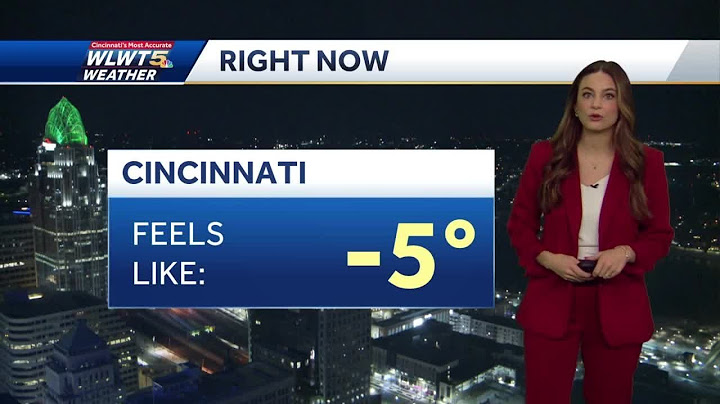The majority of Zion National Park’s more than 4 million annual visitors choose to plan their trip to the park during the Summer months. But does that really make June, July, and August the best time to visit? Keep reading as we take a look at the four seasons and the changes they bring to Zion, as well as the pros and cons of planning your next trip during each of them. Show
SpringBeginning in late March or early April each year, the winter snow slowly begins to melt and temperatures rise, bringing new life to Zion. Spring in the park is a time of fresh blooms and comfortable hiking temperatures. The rush of summer crowds hasn’t yet begun, but the shuttle system is open for the year, making it easy to get around. However, Spring is also a time of unpredictability. When exactly the snow will begin to melt changes from one year to the next. When the melting does begin, the rivers and waterfalls in the park swell, often leading to some trail closures. And it isn’t uncommon for a late-season storm to dump anywhere from a few inches to several feet of snow; last year, a late May storm brought a heavy dusting of snow to the park just days before the Memorial Day crowds arrived. That doesn’t mean you shouldn’t plan a Spring visit. But it does mean you’ll want to be flexible and prepared for a variety of conditions. Pros of Planning a Spring Visit:
Cons of Planning a Spring Visit:
SummerThere are plenty of reasons why Summer is the busiest time of year for Zion, or for any national park for that matter. To start, schools in the U.S. often have a lengthy break in the Summer, and families opt to vacation together at that time. Warm weather also beckons plenty of visitors, even as temperatures soar to triple digits in July and August. Whatever the reason, and despite crowds that grow with each passing year, people continue to flock to the park during the Summer season. Pros of Planning a Summer Visit:
Cons of Planning a Summer Visit:
FallWhile it may not be the most-visited time of year to visit the park, Fall is certainly one of the most beautiful. The leaves on many of the trees in the canyon begin to change. The temperatures are finally dropping to a bearable level. Crowds are thinning after a long Summer season. Many Zion fans will tell you that Fall is the best time to visit the park. But the end of monsoon season and early winter weather can cause problems for hikers. And the first few weekends of the Fall, any particularly nice weather, and school holidays like Thanksgiving can bring crowds back into the park. Pros of Planning a Fall Visit:
Cons of Planning a Fall Visit:
WinterWinter is the least popular time to visit Zion. Which, for any guests hoping to have a trail to themselves or a photo unspoiled by other tourists, is the perfect reason to plan a visit during this season. And because the lower elevation of Zion canyon experiences much more mild temps, a visit to the park this time of year can be a welcome break from the winter weather elsewhere in the country. Besides fewer crowds and cooler temps, seeing Zion’s high-elevation landscape covered in snow is a not-to-be-missed experience. If you do plan to hike though, you’ll need some heavy gear. You’ll also need to check in often to see if the weather has closed trails and roadways. Pros of Planning a Winter Visit:
Cons of Planning a Winter Visit:
Planning a Visit to Zion National ParkNo matter which season you choose to visit, Zion offers plenty to see, do, and experience. If you’re stuck taking your vacation when work or your kid’s schedules allow you, don’t fret too much; there’s never a bad time of year to visit the park! What is the best month to visit Zion National Park?The best months to visit Zion National Park are March, April, October, or November. The weather is more mild, but all park facilities are open and crowds are fewer.
How many days do you need in Zion National Park?We suggest you plan at least 5-7 days for your trip to Zion National Park. If you're an avid hiker, take your time visiting popular (and strenuous) day hikes such as Angels Landing, Zion Narrows Day Hike, and Observation Point Trail. To avoid hunger and dehydration, pack plenty of water and snacks before you set out.
What is the rainy season in Zion National Park?When is Monsoon Season in Zion National Park? Monsoon season in Zion National Park usually arrives at the end of summer, between late July and mid September.
Is Zion warm in April?Weather in April
The average temperature for Zion Canyon in April is a high of 73, and a low of 43 degrees Fahrenheit (23/6 degrees Celsius). In Kolob Canyons, the average temperature is a high of 61, and a low of 38 degrees Fahrenheit (16/3 degrees Celsius). On average, it rains 6 days during the month of April.
|

Related Posts
Advertising
LATEST NEWS
Advertising
Populer
Advertising
About

Copyright © 2024 hanghieugiatot Inc.


















